Nothing in Basket!
There are many different types of plants, each with its own unique needs. When you're first starting out in gardening, it can be helpful to learn about the different types of plants so that you can choose the right ones for your garden and understand how to look after them. They all bring something different to your garden and keep it looking interesting throughout the year.
Here are a few of the most common types of plants:
Annuals are plants that complete their life cycle in one year - growing from seed, flowering, making more seed, then dying - in one year. They are typically grown for their masses of bright flowers or foliage in summer. Some popular annuals include marigolds, petunias, and sunflowers.
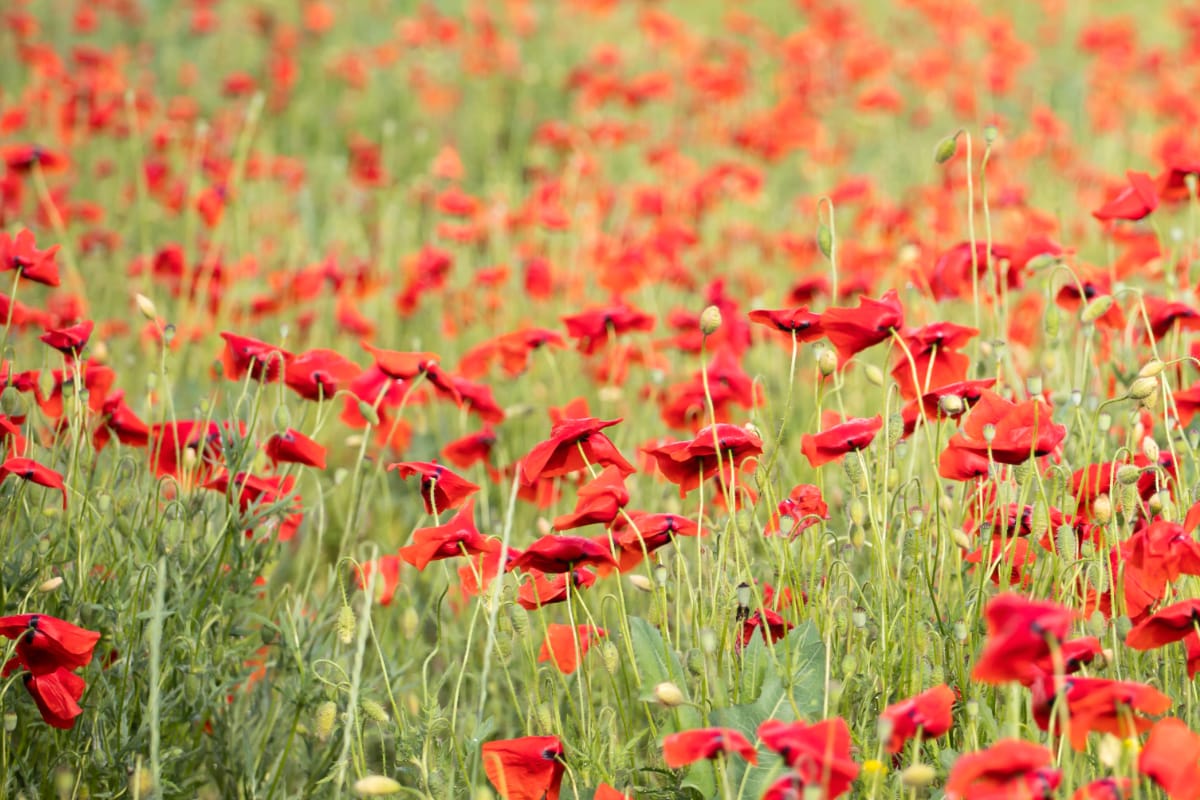
There are two types:
Hardy annuals can withstand the cold and can be sown outdoors in spring - March or April are the usual times but they can also be sown in September. They include cornflowers, love-in-a-mist and nasturtiums.

Half-hardy annuals cannot survive in British winters, so they are generally sown indoors in spring and planted out in May or June. They include cosmos and zinnias.
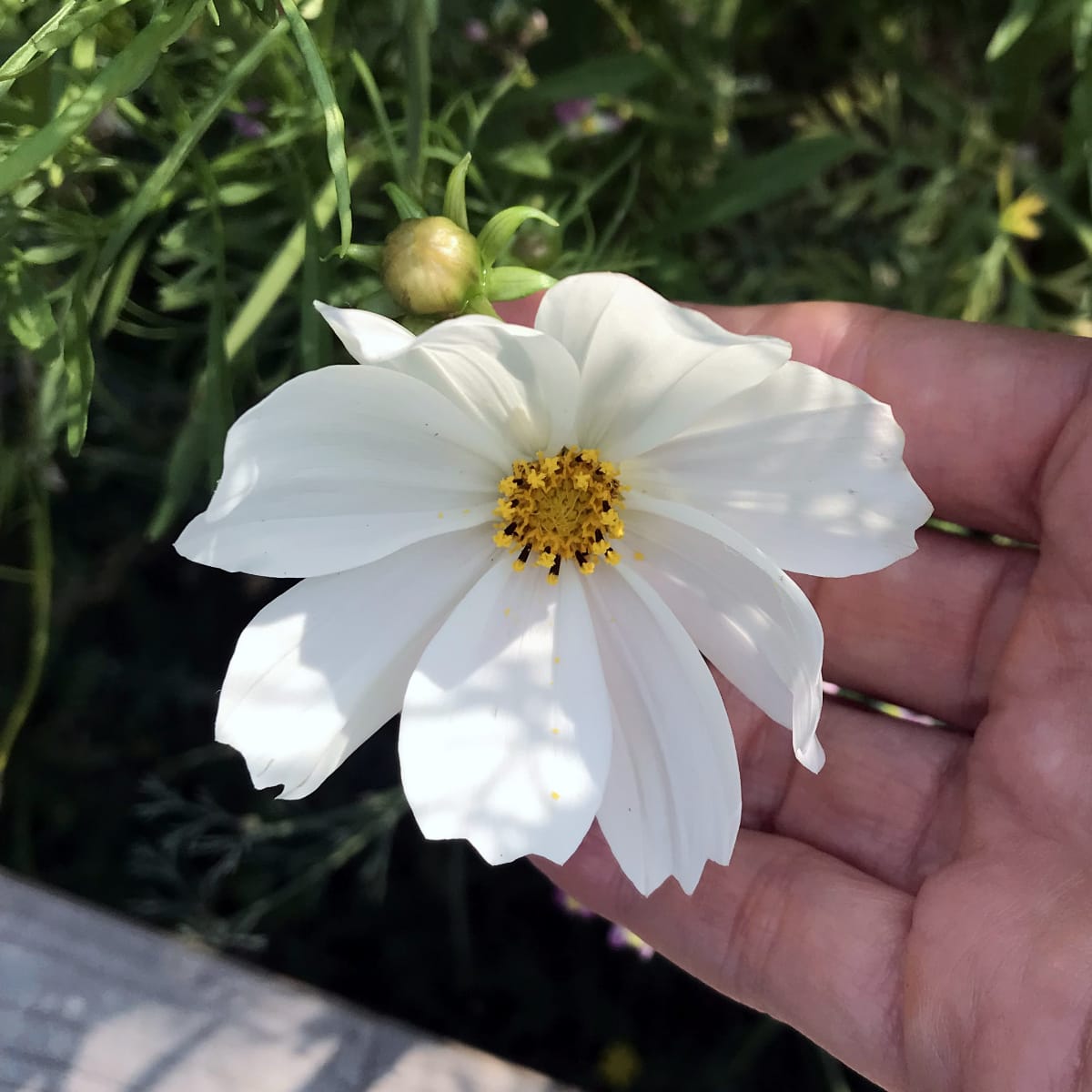
Biennials are plants that take two years to complete their life cycle - they are sown in one year and flower and die in the next. In the first year, they produce leaves and roots. In the second year, they flower and produce seeds. They often flower in late spring, before annuals and perennials get going. Some popular biennials include foxgloves and hollyhocks.
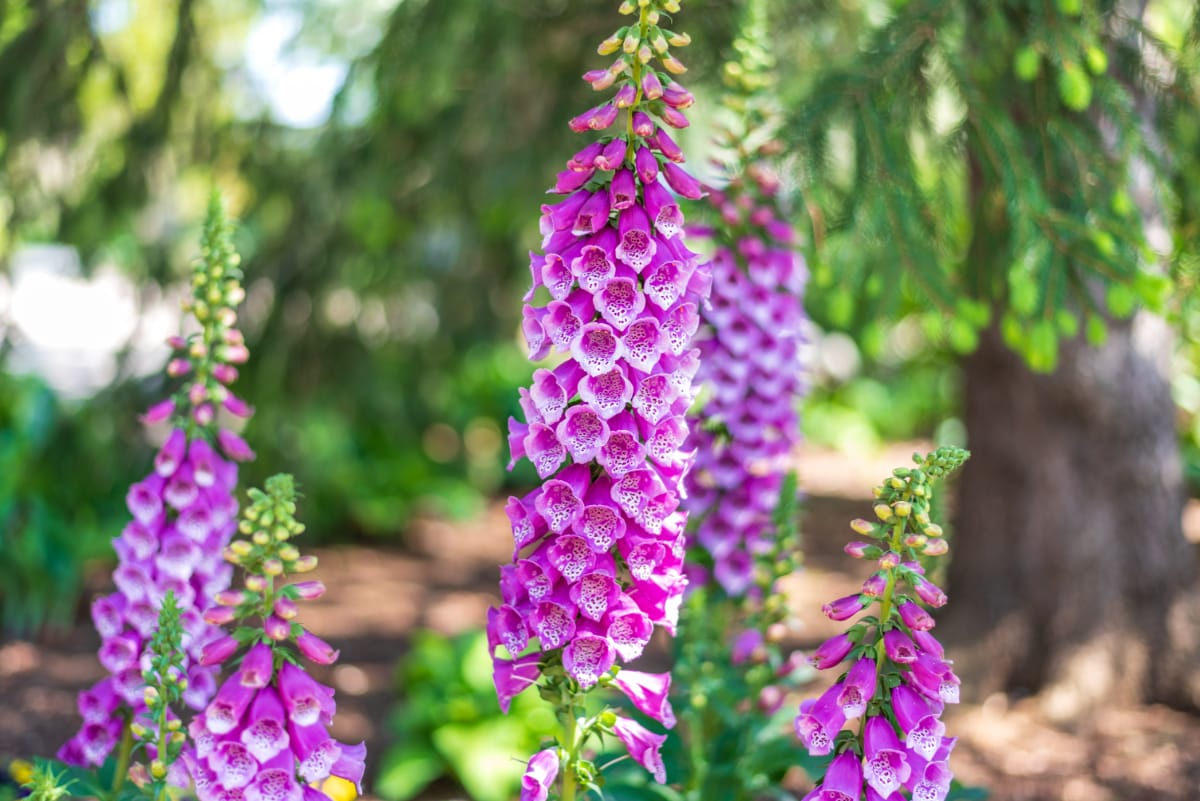
Perennials are plants that live for more than two years. They are typically grown for their flowers, foliage, or fruits. They are sometimes referred to as 'herbaceous perennials'. Some popular perennials include roses, daisies, and hostas.
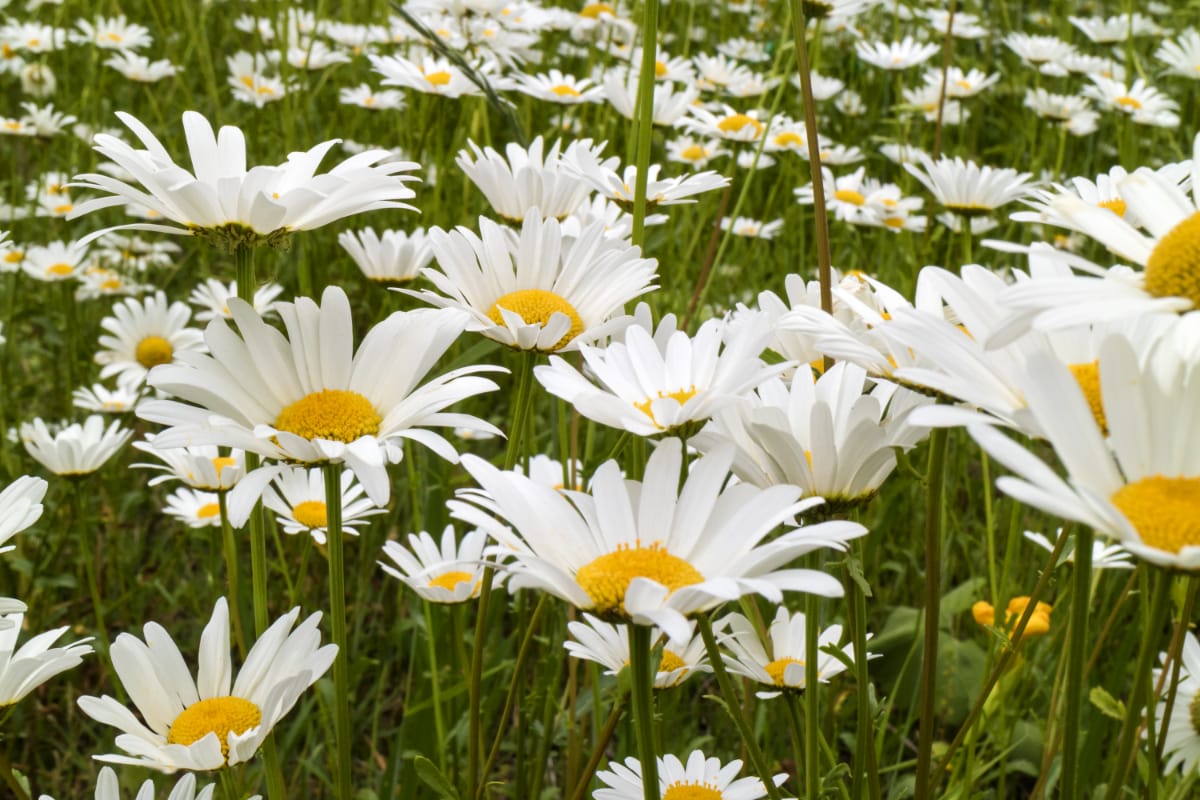
There are two types:
Hardy perennials can survive the winter and are left in the ground all year round. Their survival mechanism for British winters is to die back, sometimes there is nothing left, sometimes just the brown dead stems. But the rootstock remains dormant underground where it is protected from frost. As soon as the days start getting longer and warmer, you will spot new shoots appearing at the base of the old stems or from the ground. Popular perennials include lupins, delphiniums, cranesbills, hostas, peonies, some salvias, and some penstemons.
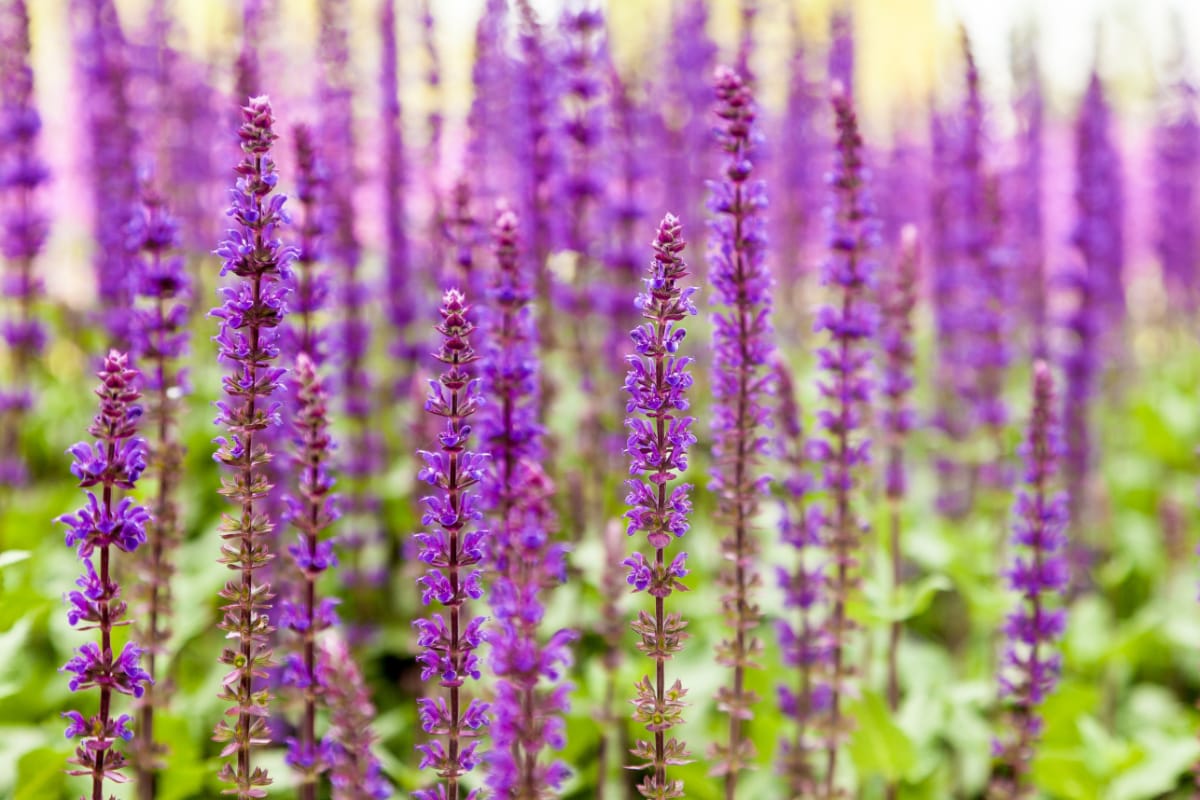
Half-hardy perennials cannot cope with the cold and so must be brought indoors in winter. It's best to grow this type of plant in a pot, so they can be brought inside during winter. Otherwise you can plant fresh plants every year. Half hardy perennials include many fuchsias and heliotrope. This is why it is always a good idea to take cuttings of plants you may lose over winter, ensuring you have new stock for the following year.
Shrubs are woody plants with no trunk, such as roses and lavender, that can grow several feet tall. They can be deciduous (losing their leaves in winter), evergreens (have leaves year round) or semi-evergreens (have leaves in mild winters). They are typically used to provide structure and privacy in a garden and can last for many years, offering flowers, attractive foliage, colourful autumn leaves or berries. Some popular shrubs include lilac, azalea, and rhododendron.
Trees have a trunk and are larger than shrubs. They can be deciduous or evergreen. They provide shade and beauty to a garden and act as a high-rise home for wildlife. Some popular trees include oak, maple, and rowan. If you have a small garden buy trees on dwarf root stock, if your garden is larger than a football pitch then you don't have to worry about the size of tree you use.
Climbers grow upwards, and need support in the form of a trellis, arch, fence or wall. Popular climbers include clematis, honeysuckle, wisteria and jasmine. They take up very little room so are especially useful in small gardens. Use them around seating areas, and to cover walls and fences. They can also be grown to climb trees adding additional interest and colour.
Bulbs are a type of plant that stores food in a thickened underground stem. The bulb is made up of a basal plate, which is the bottom of the stem, and a number of fleshy scales. The scales are packed tightly together and contain the plant's food reserves. When the conditions are right, the bulb will sprout and grow into a new plant. There are different types of bulbs - true bulbs, corms, tubers and rhizomes. Spring bulbs are planted in autumn while summer-flowering bulbs are planted in spring. They include a wide range of popular garden plants including daffodils, tulips, bluebells, crocus, irises and dahlias.
Bedding plants are planted temporarily in flower beds, borders, pots or window boxes, giving a display of flowers for a few months. Bedding plants are often half-hardy annuals or tender perennials, but can also be bulbs or shrubs. Popular bedding plants include pelargoniums, begonias, petunias and pansies.
In addition to these common types of plants, there are also many other types, such as vines, succulents, and cacti. When choosing plants for your garden, it's important to consider the following factors:
Once you've considered these factors, you can start choosing plants for your garden. There are many resources available to help you choose the right plants, such as gardening books, websites, and local nurseries.
Here are a few tips for beginners:
With a little planning and effort, you can enjoy the fruits of your labour for years to come.
Nothing in Basket!
